#Geastrum triplex
Text
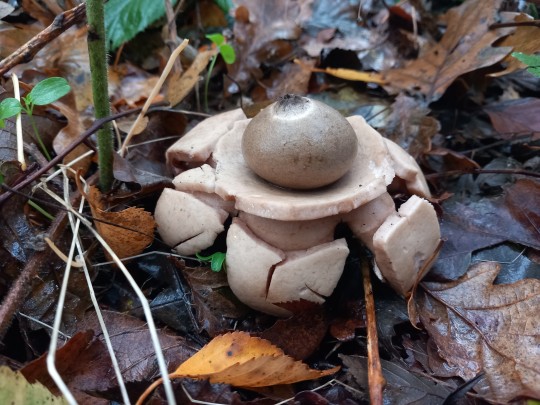
Lincolnshire, UK, Novemeber 2023
Collared earthstar (Geastrum triplex)
These gorgeous fungi emerge initially as a globe-like fruiting body consisting of a spore sac (the bulbous part on top) and an outer layer that will quickly split and spread outwards, pushing the spore sac higher and forming the star shape underneath. These fungi are known as 'collared' because of the 'arms' of this species having a tendency to crack as they bend backwards, forming a sort of 'collar' that the spore sac sits on, as you can see in this photo.
#fungi#mushroom hunting#inedible fungi#earthstar#earthstars#collared earthstars#mycology#geastrum#Geastrum triplex
134 notes
·
View notes
Text





Geastrum mushrooms, AKA earthstars. Most likely Geastrum triplex.
#Bruce Trail#Boyd Crevice#Sydenham section#Niagara Escarpment#Bruce County#Ontario#Canada#hiking#hiking trail#forest#trees#wilderness#rocks#outdoors#landscape#mushroom#mycology#fungus#Geastrum#Geastrum triplex#probably#there are a lot of species under the Geastrum genus#photography#digital photography#DSLR#Canon 6D#photographers on Tumblr
3 notes
·
View notes
Photo
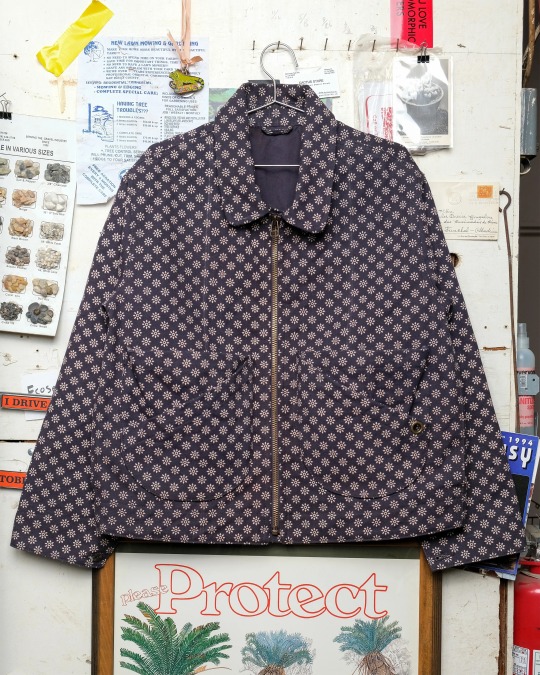
1 note
·
View note
Text
Грибы бывают разные))
Geastrum triplex
Звездовик четырёхраздельный
Геаструм четырёхлопастный
Земляная звезда четырёхлопастная

#грибы#осень#цветы#грибы-цветы#ventspils#вентспилс#Geastrum triplex#Звездовик четырёхраздельный#Геаструм четырёхлопастный#Земляная звезда четырёхлопастная
0 notes
Text


Two collared earthstars (Geastrum triplex), taken in south of England. The pic on at the top was taken last weekend, and the pic at the bottom is from the last time I saw one of these - back in 2020.
6 notes
·
View notes
Text
属性
3つのメイン惑星
Kepler-22b:水、石
GJ 1132 b :ガス、化確物質(メタン、水素など)
55 Cancri e :火、鉱物
各惑星に出現したモンスターのモチーフ動物あるいは植物
(モデリングする生物のみ記載)
Kepler-22b:分類→渓谷、海洋生物・生物名称→クラゲ類、蛸、カワニナSemisulcospira libertina、カエル類
GJ 1132 b :分類→菌類(きのこ類)・生物名称→ヒメシロウテナタケDelicatula intigrella、エリマキツチグリGeastrum triplex
55 Cancri e :分類→砂漠生物・生物名称→Barbary sheep、scorpion類、Cactus類
補充
GJ 1132 b 惑星の大気成分:エアゾール
エアロゾルは空気中に浮かんでいる固体または液体状態の粒子で、通常0.001~100μm程度の大きさを持っており、黄砂、火山灰、海塩のような自然的要因と都市·産業施設の排出、焼却、自動車などの人為的要因によって発生します。
에어로졸은 공기 중에 떠 있는 고체 또는 액체 상태의 입자로 보통 0.001∼100 ㎛ 정도의 크기를 갖고 있으며 황사, 화산재, 해염 같은 자연적 요인과 도시·산업시설 배출, 소각, 자동차 등의 인위적 요인에 의해 발생됩니다.
3 notes
·
View notes
Text
The Ancestors
Before divine selection could take place and the Tetrarch could begin, the deities had to choose what would inhabit their world. They would need to be adaptable enough to survive the ecological shock, and able to form a functional ecosystem from the beginning, but the rest was up to the deities’ own inscrutable choices. The majority of colonists were sourced from Earth’s Holocene epoch, but a handful of the founders were inexplicably from various other time periods. To allow more ecologically complex organisms to survive colonization, the cherry-picked settlers were introduced in successive waves, each supporting the next. The first assisted in the final steps of terraforming, the hardiest microbes starting or regulating such vital processes as oxygenation and the carbon cycle. Each wave that followed increased in size and diversity, until the Tetrarch’s founding menagerie was complete. This eclectic sample of Earth would give rise to every oddity making up the Tetrarch’s biosphere, the primordial ancestors from which all of its life descends. What follows is a list of these ancestors at the time that the Tetrarch was ready to begin, not including the myriad unicellular organisms and viruses whose descendants are also important.
Plants and Algae
-Brazilian Waterweed (Egeria densa)
-Coconut Palm (Cocos nucifera)
-Erect Prickly Pear (Opuntia stricta)
-Grasses (~ 5 species)
-Hooker’s Chives (Allium hookeri)
-Leptosporangiate Ferns (~ 5 species)
-Lithops (~ 5 species)
-Mosses (~ 5 species)
-Macroscopic Algae (~ 25 species, including Undaria and Acetabularia)
-Southern Magnolia (Magnolia grandiflora)
-Spanish Moss (Tillandsia usneoides)
-Turtlegrass (Thalassia testudinum)
Vertebrates
-African Clawed Frog (Xenopus laevis)
-Banded Knifefish (Gymnotus carapo)
-Conodonts (~ 5 species)
-Hapalops sp.
-Longspined Porcupinefish (Diodon holocanthus)
-Pacific Viperfish (Chauliodus macouni)
-Spiny Softshell Turtle (Apalone spinifera)
-Star-Nosed Mole (Condylura cristata)
Arthropods
-Atlantic Horseshoe Crab (Limulus polyphemus)
-Coccus Soft Scales (~ 5 species)
-Copepods (~ 25 species)
-Earwigs (~ 5 species)
-Goose Barnacles (~ 5 species)
-Hoverflies (~ 5 species)
-Lacewings (~ 5 species)
-Mites (~ 25 species)
-Pseudoscorpions (~ 5 species)
-Rainbow Mantis Shrimp (Pseudosquilla ciliata)
-Springtails (~ 15 species)
-Water Fleas (~ 5 species)
Molluscs
-Applesnails (~ 5 species)
-Hippurites sp.
-Sea Angels (~ 5 species)
-Sea Butterflies (~ 5 species)
-Venus Clams (~ 5 species)
Other Animals
-Arrow Worms (~ 5 species)
-Brittle Stars (~ 5 species)
-Clitellate Worms (~ 15 species, including leeches, earthworms, and naidids)
-Demosponges (~ 10 species)
-Dugesia Planarians (~ 5 species)
-Nematodes (~ 300 species)
-Rotifers (~ 5 species)
-Tardigrades (~ 5 species)
-Velvet Worms (~ 5 species)
Fungi
-Collared Earthstar (Geastrum triplex)
-Lichens (~ 5 species)
-Molds (~ 50 species)
#biology#fantasy#ecology#speculative biology#spec evo#spec bio#speculative evolution#the tetrarch#seed world#worldbuilding#artificial selection
6 notes
·
View notes
Photo

Even if February is over, I still have some #funguary left in me, to share with you. So without further ado, here is Day 19’s faerie: Geastrum triplex or Earth Star🌟 #fungi #fungifaerie #fungifaeries #geastrumtriplex #earthstar #geastrum #earthstars https://www.instagram.com/p/CpO-aoUu6wU/?igshid=NGJjMDIxMWI=
2 notes
·
View notes
Photo

Geastrum Triplex Collared Earthstar Fungus
0 notes
Photo
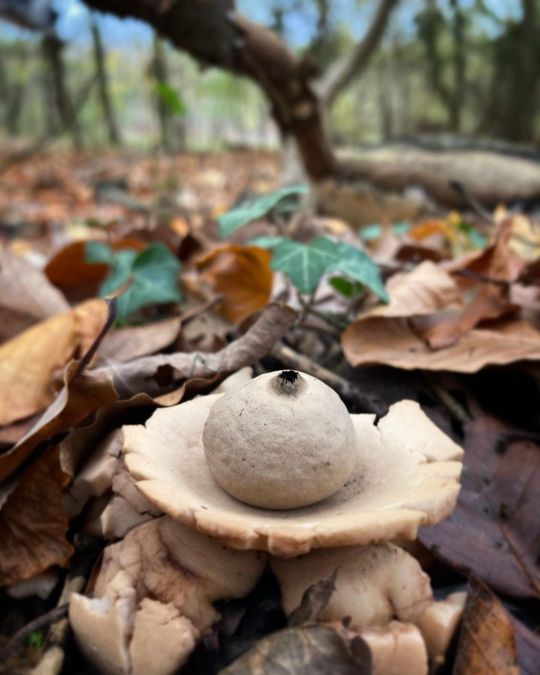
Found my first Collared Earthstar fungi the other day (Geastrum triplex). The First Nation’s Blackfoot Confederacy called collared earthstars ka-ka-toos – meaning 'fallen stars' – and believed them to be indicators of supernatural events. . . . #earthstar #collaredearthstar #weirdfungi #fungiisfun #autumnismagic #mushroomhunter #fungiofinstagram #geastrumtriplex #lincolnshire #wildfungus #walkinginthewoods #fungiuk #weirdthings #earthball #foragingisfun #donteathis https://www.instagram.com/p/Clo8mRFr-SC/?igshid=NGJjMDIxMWI=
#earthstar#collaredearthstar#weirdfungi#fungiisfun#autumnismagic#mushroomhunter#fungiofinstagram#geastrumtriplex#lincolnshire#wildfungus#walkinginthewoods#fungiuk#weirdthings#earthball#foragingisfun#donteathis
1 note
·
View note
Text
Vocabulary (pt.mlxxxvi)
Words taken from Mushrooms of the Northeastern United States and Eastern Canada by Timothy J. Baroni:
pine (n.)
any evergreen tree of the genus Pinus, native to northern temperate regions, with needle-shaped leaves growing in clusters.
birch (n.)
any tree of the genus Betula, having thin peeling bark and slender branches, found predominantly in northern temperate regions.
oak (n.)
any tree or shrub of the genus Quercus, usually having lobed leaves and bearing acorns.
poplar (n.)
any tree of the genus Populus, with a usually rapidly growing trunk and tremulous leaves.
willow (n.)
a tree or shrub of the genus Salix, growing usually near water in temperate climates, with small flowers borne on catkins, and plant branches yielding osiers for baskets, etc.
macrofungi (n.)
all fungi that produce visible fruiting bodies. [x]
wart (n.)
any protuberance, as on the skin of an animal, surface of a plant, etc.
earthstar (n.)
any woodland fungus of the genus Geastrum, especially G. triplex, with a spherical spore-containing fruit body surrounded by a fleshy star-shaped structure.
earth ball (n.)
any of certain usually tuberous subterranean fruiting bodies of fungi (such as a truffle or the hard-skinned fruit of members of the family Sclerodermataceae). [x]
compost (n.)
a mixture of decomposing vegetable matter, table scraps, manure, etc., used to fertilize soil.
#av#avdictionary#Mushrooms of the Northeastern United States and Eastern Canada#Timothy J. Baroni#vocabulary
0 notes
Photo
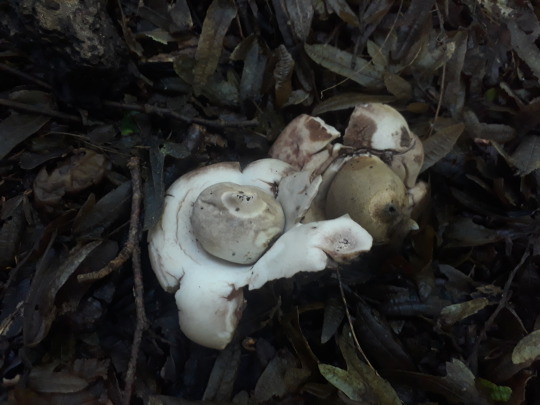


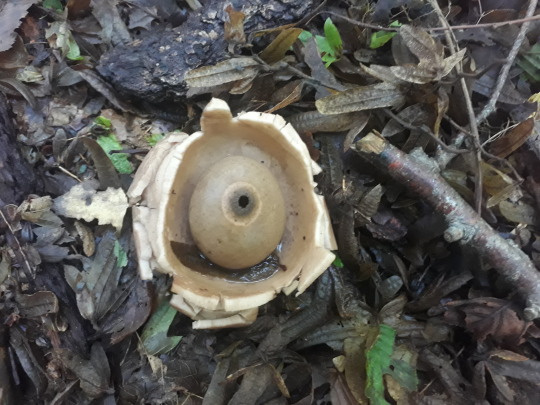
Barnet, London, UK, October 2021
Collared earthstar (Geastrum triplex)
I’ve never found fresh specimens of this mushroom before! Only ever the remains of old ones. These amazing fungi start off as a sphere, which splits outwards, a bit like a flower emerging from a bud, creating the star points which fold backwards for the spore-holding bag to sit on.
Like a puffball, this bag will puff open when the spores are mature - often broken open by heavy rain or a passing animal - letting the spores spread in the wind.
35 notes
·
View notes
Text
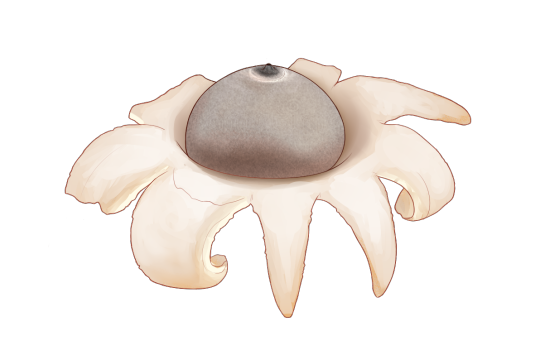
Geastrum triplex, commonly called the Collared Earthstar
These guys are found worldwide but we actually have them here in Alabama which is super cool!
#geastrum triplex#collared earthstar#fungus#fungi#mushroom#alabama#mushroom art#weird fungus#art#digital art#sciart#Science illustration#saucered earthstar#triple earthstar#sorry for the Facebook Friendly caption lmao#It's Breakfast Time for this fungus drawer
16 notes
·
View notes
Text



Y’ALL WE FOUND M O R E
#my photography#mushrooms#earthstar#geastrum triplex#i doubt i spelled that right but anyways—#HFJNSKFJSKD THERES SO MANY#HOW#THEYRE SO COOL IM YELL#there’s gonna be another post in a sec about these bc i was A Nerd ™ and arranged them#bUT L O O K#YE L L
40 notes
·
View notes
Video
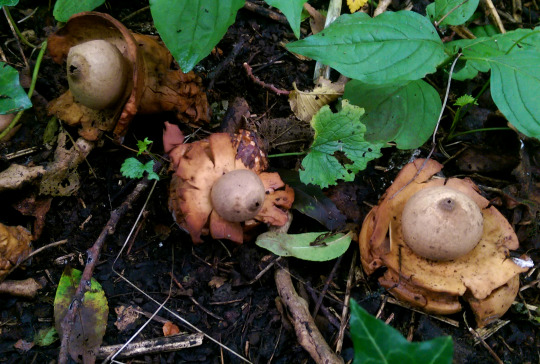
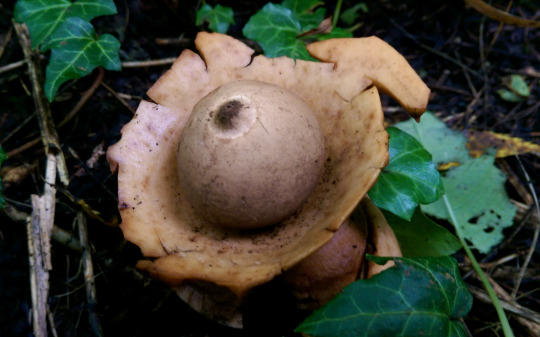
Geastrum triplex
A common inedible fungus which I have found pretty often here in Scotland, the collared earthstar is easy to recognise due to the characteristic features: a central body resembling a puffball, a bowl-shaped collar and a star shaped lower part.
Squishing them to get the spores in the wind is also quite satisfying...
#geastrum triplex#fungus#fungi#mushrooms#earthstar#collared earthstar#mycology#scotland#summer#spore dispersal#spores
163 notes
·
View notes
Text

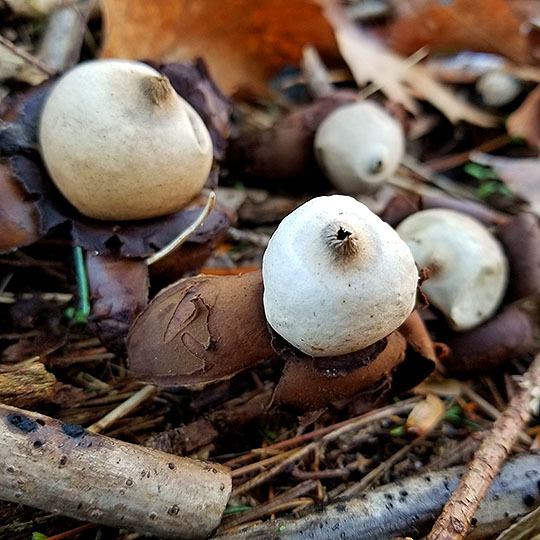




Geastrum triplex (earth stars) and cardinals. The lizard I snapped in Georgia, not sure what it is. Google is telling me it's some kind of anole
#mycology#fungi#mushrooms#nature photography#dirtcore#birds#bird watching#lizard#animals#goblincore#forestcore#woods#forest floor#foraging#moss#nature#the fungus among us
86 notes
·
View notes